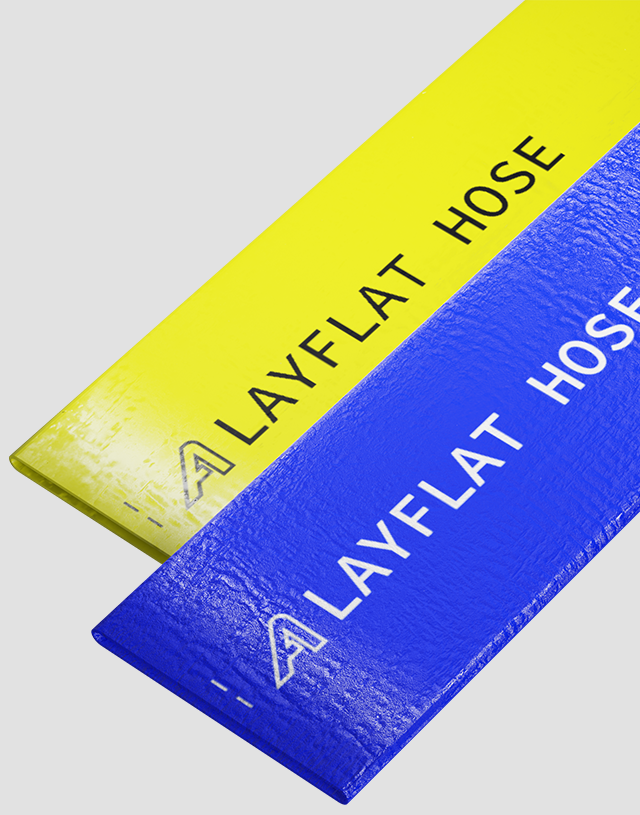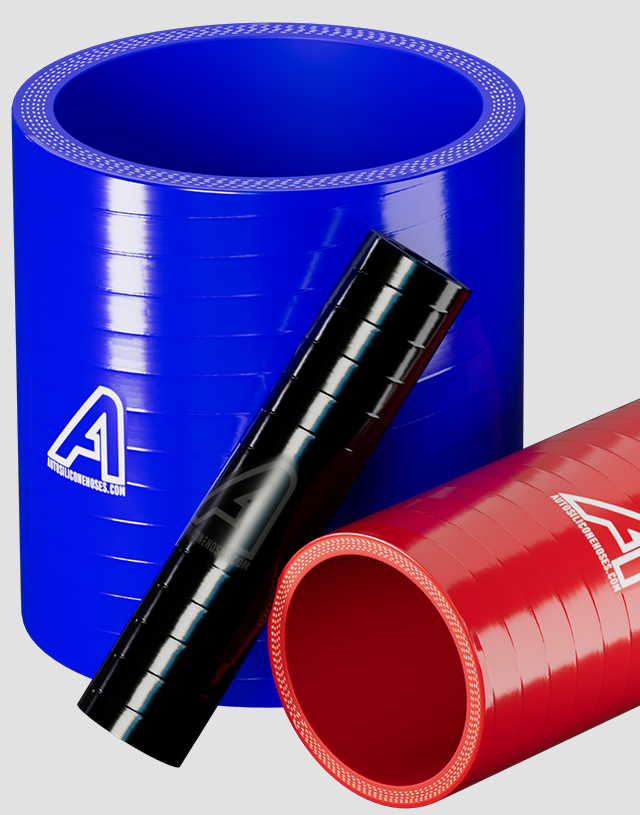Silicone Unreinforced End Cap provides a clean, high‑integrity method to blank off pipe stubs, hose tails, and tube ends in automotive, industrial, and maintenance environments. Manufactured from smooth extruded silicone compound to SAE J20 R3, the silicone end cap resists extreme temperatures from -50°C to +220°C with short‑term peaks to +250°C, maintaining elasticity and seal reliability under thermal cycling. With a consistent 3.5 mm wall and a smooth internal bore, the cap presses on easily and grips securely, supporting applications such as vacuum line sealing, coolant system blanking, pneumatic circuit protection, and fluid transfer line isolation. Available across popular internal diameters from 4 mm to 38 mm with a typical insertable length of 30 mm (and a 60 mm overall length on the 20 mm size), the silicone blanking cap offers a versatile, reusable alternative to rigid plugs or taped closures. The inert, non‑reinforced silicone construction combines flexibility with durability, while the translucent finish assists visual checks where required. These features make the silicone end cap—also known as a silicone vacuum cap or silicone blanking cap—well suited to industrial applications that demand dependable sealing at elevated temperatures.
Key Features:
-
Material: Smooth extruded silicone compound (inner layer and outer layer), unreinforced.
-
Standard: Conforms to SAE J20 R3.
-
Temperature Range: -50°C to +220°C; peak +250°C.
-
Internal Diameter Range: 4 mm to 38 mm.
-
Wall Thickness: 3.5 mm (all listed sizes).
-
Insertable Length: 30 mm (typical).
-
Overall Length: 35 mm standard; 60 mm on 20 mm ID variant.
-
Weights: Size‑dependent (approx. 2 g to 22 g across the range).
Precision‑made from unreinforced silicone rubber, the cap’s smooth bore ensures uniform contact pressure and a reliable friction fit over tube ends and hose barbs, supporting airtight and liquid‑tight blanking. The constant 3.5 mm wall thickness balances flexibility with crush resistance, allowing quick push‑fit installation without tools and repeated removal for servicing. High‑temperature capability up to +220°C continuous (with short peaks to +250°C) sustains sealing performance adjacent to engines, ovens, and heated process lines, while low‑temperature elasticity down to -50°C maintains grip in cold rooms or outdoor environments. The non‑reinforced construction avoids fabric edges that can fray or wick fluids, making the cap suitable for temporary fluid transfer isolation, pneumatic systems, and general industrial applications where durability, resilience, and easy handling matter. Compliance with SAE J20 R3 underscores material stability and heat ageing resistance expected in automotive and plant maintenance settings. Across sizes from 4 mm to 38 mm ID, the silicone end cap accommodates common tube and hose dimensions, enabling standardised spares stocking and consistent fit across equipment.
Typical applications include blanking spare ports on intake manifolds and vacuum circuits, sealing coolant take‑offs during maintenance, capping compressed‑air lines, and protecting exposed pipe stubs during storage or transport. In manufacturing and workshop environments, the silicone vacuum cap serves as a reusable closure for pneumatic tools, instrumentation hookups, and industrial fluid handling setups, helping to prevent ingress of dust and debris. In agriculture and irrigation, the cap provides a quick method to isolate branches and service lines. For chemical handling at moderate conditions, the inert silicone composition offers a non‑corroding, flexible barrier. Overall, polyester‑free, silicone reinforced PVC alternatives are unnecessary here; the unreinforced silicone end cap offers clean, medium‑duty sealing performance wherever a neat, removable closure is required.


